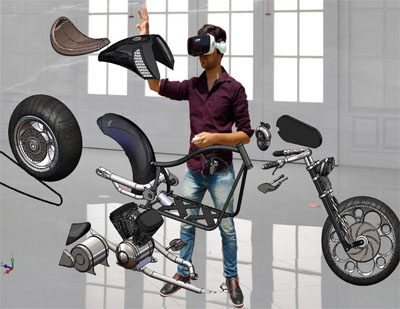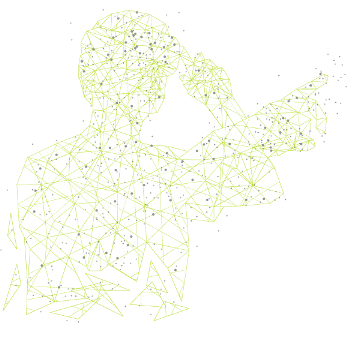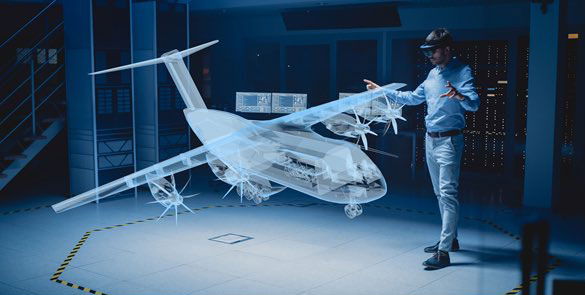The Biggest Problem With Solidworks VR And How You Can Fix It
Overview
SOLIDWORKS is a 3D CAD platform which finds its application in sectors like AEC (architecture, engineering and construction), Education, Electrical, Civil & Mechanical industry, sketching, interior designing, aerospace, automotive industry etc. It has more than 1 Million users worldwide making it a fairly popular platform in the above mentioned industries. Its high resolution 3D model viewing capability further adds credibility to the platforms popularity among the 3D CAD ecosystem.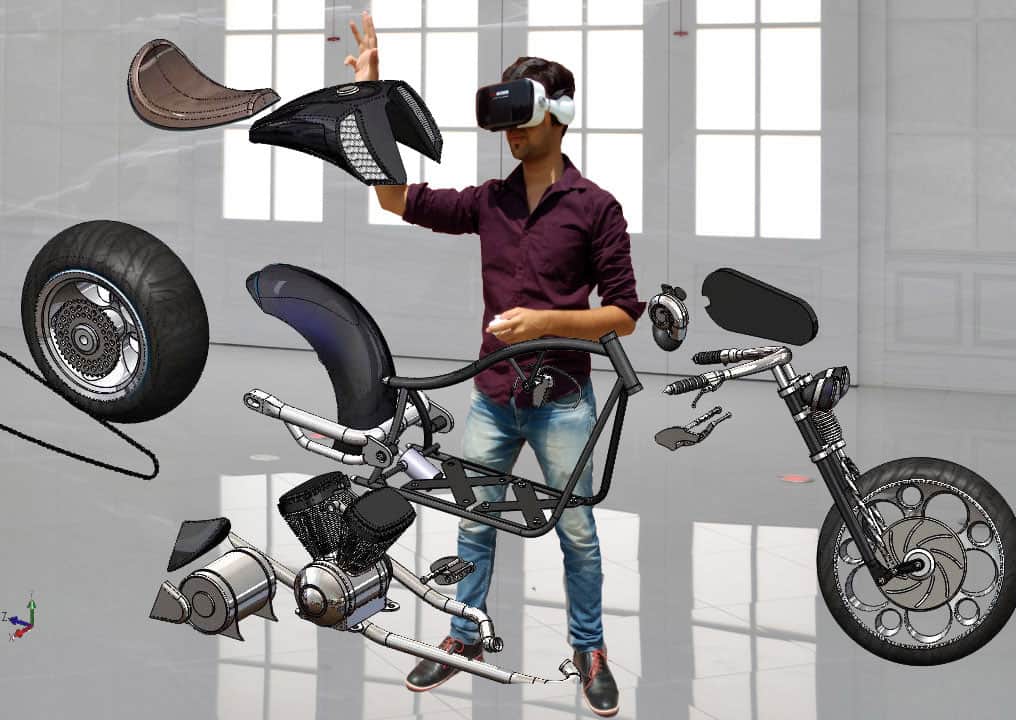
- Design Challenges
- Time and Cost
- Repetitive Prototyping
- Lack of Human Centric Design Focus
- Review/Approval Challenges
- Production Challenges
- Lack of Ergonomic Analysis leads to huge delays
- Poor Workplace Ergonomics slows down production
Exxar CAD and its application towards addressing the challenges mentioned above
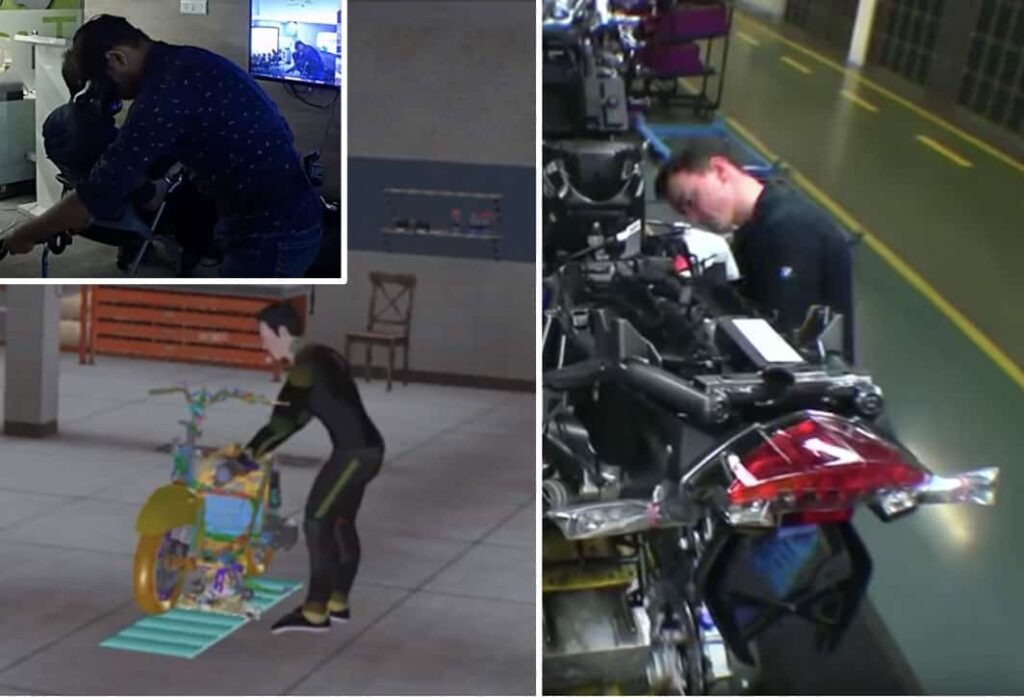
Exxar a CAD to VR transformation platform has been built with a focus on addressing all the usual suspects in regards to product/project/manufacturing related issues. With Exxar not only can you visualize SOLIDWORKS output in 1:1 scale, but it also adds value to SOLIDWORKS core deliverable in the CAD space itself. Primarily a solid modeling platform, any review platform used for verifying the designs should be accompanied by features that help in the effective validation of models built on this platform.
To begin with, Exxar allows us to directly connect with SOLIDWORKS Native format files in a single click, eliminating the need for data conversion and processing of any kind. The data transformation itself takes less than a minute, thereby directly addressing the cost and time challenge faced by organisations. This accompanied by the real time change request capability helps you save almost 91% time and 65% cost in the design to development process.
Furthermore, Exxar allows for part manipulation in VR along with collision visualization giving users access to a feature that addresses a host of manufacturability related issues. This in addition with the Human Module allows for accurate ergonomic assessments directly addressing all known problems that come up during the manufacturing phase of the product cycle, thereby reducing production related delays by almost 92%.
Conclusion
To conclude, all manufacturing related processes have been facing marginal losses due to the lack of a compatible design review tool that not only addresses the standard design review challenges but also eliminates the need for Engineering Change Requests that may come up during the production stages due to lack of focus on Human Interaction both for Manufacturability as well as Serviceability during the design stages. With Exxar CAD we have made possible what organisations have till date benchmarked as acceptable in their process (production delays due to lack of focus on the actual problems during the design review stages of the product development cycle).

